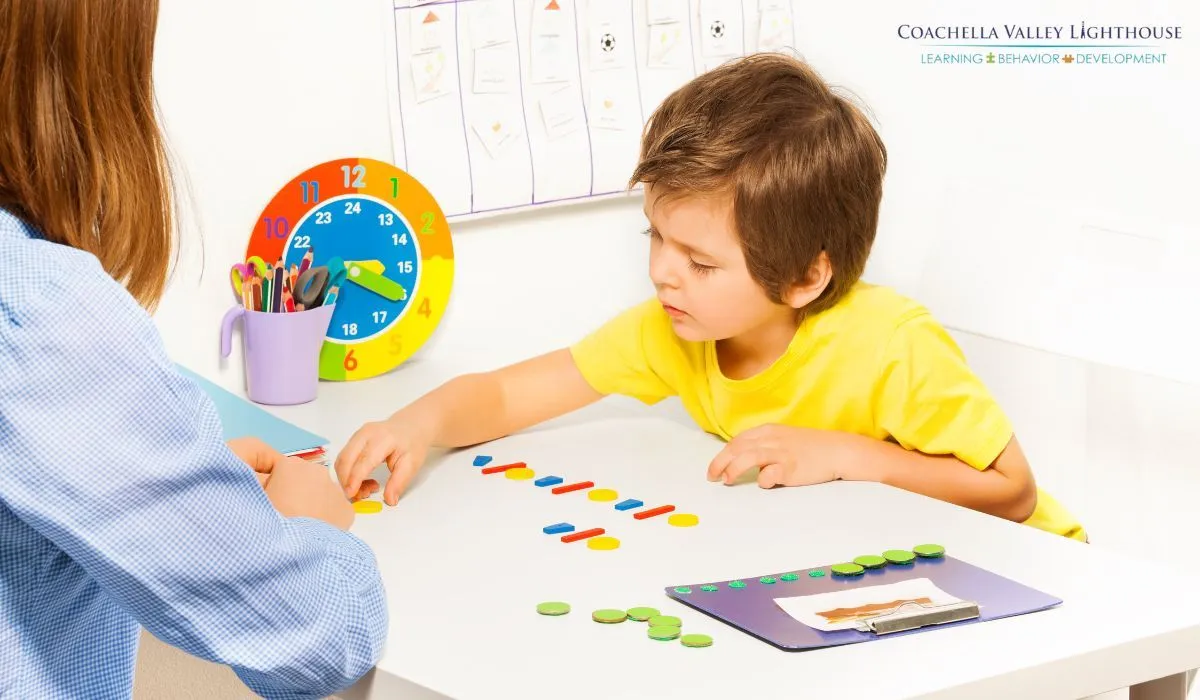Choosing the right ABA therapy center can feel like a big task, but the right fit makes all the difference. A quality ABA therapy center helps your child build communication, social, and self-care skills through clear steps and positive support. In this guide, we’ll walk through simple, down-to-earth tips to find a center that really matches your child’s needs and your family’s routine. With these pointers, you’ll feel confident in selecting a place where your child can thrive.
1. Know What ABA Therapy Looks Like
ABA stands for Applied Behavior Analysis. In an ABA therapy center, trained therapists break skills into small goals, use rewards to encourage progress, and collect data to guide each step. Sessions often include one-on-one activities, social games, and parent coaching. By understanding this approach, you can spot which center uses clear plans and friendly methods that work best for your child.
2. Pinpoint Your Child’s Goals
Every child is different. Maybe your child needs help with new words, managing emotions, or playing alongside other kids. A professional assessment will highlight key areas to target. Once you know your child’s specific goals, you can compare centers more easily and make sure they focus on the right skills from day one.
3. Check Credentials and Licensing
Safety and quality start with proper accreditation. Confirm the ABA therapy center holds all required licenses in your state. Look for Board Certified Behavior Analysts (BCBAs) to design programs and Registered Behavior Technicians (RBTs) to run sessions. Ask about staff-to-child ratios—smaller groups mean more personalized attention and faster progress.
4. Review Program Options
Not every center follows the same routine. A strong ABA therapy center offers customized treatment plans, clear milestones, and regular data reports. Ask if they provide in-person sessions, home visits, or remote support. Knowing all their options lets you pick a schedule that fits your family’s life and keeps your child engaged.
5. Think About Location and Hours
Travel time adds up quickly. Choose a center close to home or school whenever possible. Check whether they have morning and afternoon slots, and ask about make-up sessions if your child misses a day. Easy access means fewer challenges getting to appointments and more consistency for your child’s learning.
6. Tour the Facility
A quick walk-through reveals a lot. Is the space bright, tidy, and welcoming? Watch how therapists greet children—do they smile, offer encouragement, and build trust? Notice whether parents can observe or join in. A hands-on environment where you feel included often leads to stronger teamwork and better outcomes.
7. Ask About Progress Updates
You’ll want to see clear proof of growth. The right ABA therapy center shares data on skill gains and behavior changes, often using simple charts or online portals. Find out how often you’ll meet with the supervisor to review progress and adjust goals. Regular, honest feedback keeps you connected and confident in your child’s journey.
8. Gather Opinions and Reviews
Word-of-mouth matters. Look for parent testimonials, online ratings, and success stories. Reach out to pediatricians, local support groups, or other families for recommendations. Real-life insights help you weigh each center’s strengths—whether it’s a nurturing staff, innovative teaching techniques, or a strong track record of results.
9. Compare Costs and Coverage
ABA therapy can be a significant investment, but many insurance plans cover part or all of the work. Before deciding, get a clear fee schedule—assessments, hourly sessions, materials, and any extra charges. Verify which services your insurer pays for and ask about sliding-scale fees or state grants. A transparent cost breakdown helps you plan without surprises.
10. Try a Consultation or Trial
Most centers offer an initial meeting or a short trial session. Use this chance to meet the team, see a live session, and ask detailed questions. Notice how your child reacts—do they seem comfortable, curious, and supported? A brief trial is the best way to judge fit before making a longer-term commitment.
Conclusion
Choosing an ABA therapy center is a big step, but with the right approach, you’ll find a place that truly supports your child’s growth. From checking credentials to reviewing programs, asking questions, and touring the facility, each part of the process matters. Whether you’re looking locally or specifically for an ABA therapy center in Utah, the right match will offer the structure, care, and support your child needs to succeed. Keep your child’s needs front and center, and you’ll make a choice that benefits them for years to come.

[…] a first-grader who moves from eight prompted writing strokes to twenty independent strokes—bring the data to […]